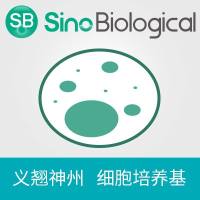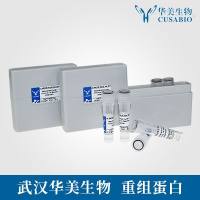Prodrug Design for Brain Delivery of Small- and Medium-Sized Neuropeptides
互联网
482
The blood–brain barrier (BBB) represents multiple barriers for drug delivery from the circulation. Peptides potentially useful
to treat maladies of the brain are especially limited in their ability to cross the BBB due to several shortcomings. Specific
delivery strategies have been conceived to outwit the BBB to target neuropeptides into the brain. It should be noted, however,
that no unified method is possible for true brain-targeting of these fascinating biomolecules due to their structural features,
properties, and intricate interplays among factors governing their entrance into and retention within the brain. In most brain-targeting
prodrug approaches, a lipophilic and bioreversible moiety(ies) is covalently attached to the peptide that results in the complete
loss of the innate biological activity of the parent peptide (prodrugs are inactive per definition) but significantly improves
brain uptake and metabolic stability in the plasma and the interstitial fluid. Once the peptide prodrug has crossed the BBB,
specific enzymes liberate the parent agent from its prodrug in the brain. To illustrate the applicability of the prodrug strategy
for brain delivery of small neuropeptides, pGlu-Glu-Pro-NH2
, [Glu2
TRH], a thyrotropin-releasing hormone (TRH) analogue with a vast array of central activities, was chosen as an example. An
ester prodrug provided significantly improved brain delivery compared to the unmodified parent peptide. The synthesis, in
vitro and in vivo evaluations of this prodrug as specific examples are given for typical exploratory prodrug validation.









